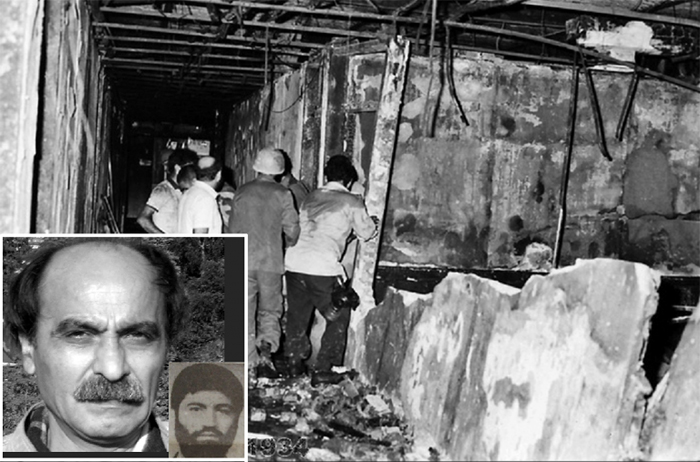
The mysterious disappearance of a member of the Mojahedin Khalq (MEK) terrorist group in Albania has once again drawn attention to this controversial group. Malek Sharaee, 47, originally from Khuzestan Province in Iran, was reportedly drowned in the Rrotull village irrigation water reservoir. After three days, divers have not found his body even though the water channel is only 3.5 meters deep. However, a MEK representative and three MEK witnesses say his clothes were found at the water’s edge. Police are now investigating this as a possible criminal offense. Even so, unless they gain access to Camp Ashraf Three, the MEK’s purpose-built training camp in Manez, they are unlikely to unearth the truth – MEK impunity is far greater than this small country can deal with or penetrate.
MEK (aka Saddam’s Private Army) was unknown in Albania until they arrived after 2013. Their bizarre behavior and controversial activities soon became the focus of media attention.
But the MEK’s dark history began long before this. Along with well-publicised military-style terrorist attacks on Iran since the 1980s, the MEK was also trained by Saddam Hussein’s Mukhaberat (Secret Services) and later by Israel’s MOSSAD, in intelligence gathering and secret operations. As a result, MEK has also conducted many covert terror acts and assassinations over the years. Several of these were deliberately staged to make it look like Iran was involved. Such as the 1994 bombing of the Jewish community center in Buenos Aires. In spite of extensive investigation, the primary evidence linking Iran came from four high ranking intelligence officers from MEK. In 2011, a man connected to Mexican drug dealers was arrested for the attempted murder of the Saudi Ambassador to America. The US quickly accused Iran, but after two weeks the perpetrator was linked to MEK. In 2013, Israel arrested a Swedish Iranian man, Ali Mansouri, who ‘confessed’ to be spying for Iran in Tel Aviv. He turned out to be a MEK member.
The underlying pattern behind these events is of deception and callous, cynical murder. These examples are not unique. MEK has a long history of highly sophisticated and brutal undercover activity. However, the reported death of Malek Sharaee in Albania this week also points to a new phase in MEK covert activity. This time individual MEK members who were previously involved in known acts of violence are now themselves becoming victims of their own organization.
Internal assassinations are not new – Commander Ali Zarkesh was deliberately killed during a military operation in 1988 because he had become critical of the leadership. There have been hundreds of reports of suspicious deaths and actual murders over the last three decades committed against critics and rivals.
In 2013, former MEK member Massoud Dalili was identified as the 53rd victim of a massacre at Camp Ashraf in Iraq. MEK only acknowledged his death when the Iraqi authorities formally identified him via his DNA. Dalili’s body had been deliberately disfigured (his face and hands burned) to hide his identity. Massoud Dalili had been one of the personal security personnel for leader Massoud Rajavi. He had undergone training with Saddam’s Republican Guards and the MEK’s own specialist training. Before coming to Iraq, Dalili had headed a small MEK team in Gilan Province where he was responsible for scores of deaths, including civilians
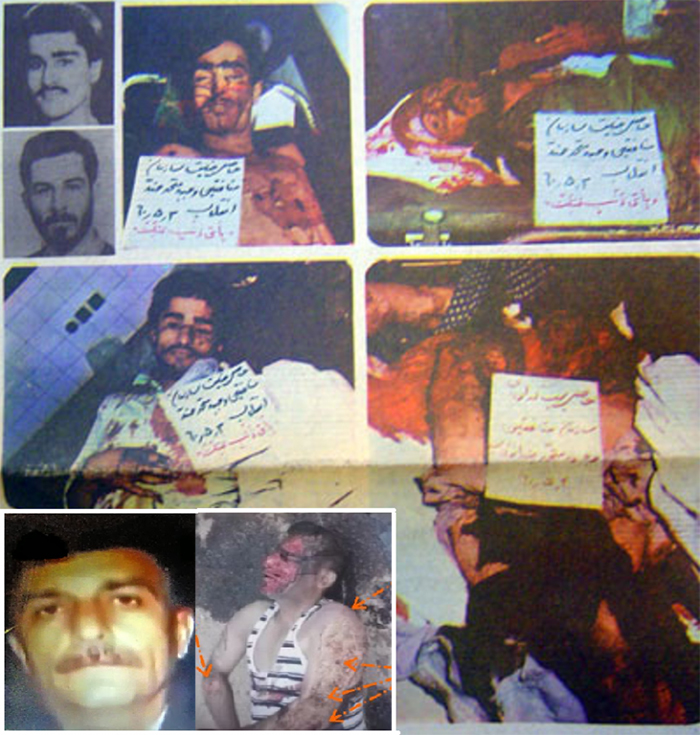
Another victim killed during the same attack was Zohreh Ghaemi, She had commanded the assassination of General Sayad Shirazi in 1999. Of the other victims that day, at least ten are known to have participated in known acts of violence for MEK. No one claimed responsibility for the attack on Camp Ashraf.
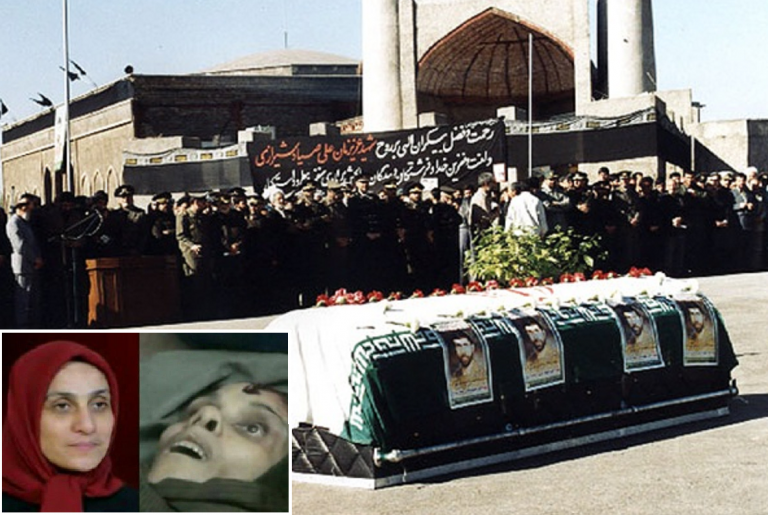
In 2015, in the Netherlands, Mohamad Reza Kolahi was killed by a criminal gang on the order of MEK. Investigators confirmed that Kolahi was responsible for the 1981 bombing of the headquarters of the Islamic Republic Party in Tehran in which 72 high-ranking politicians and party members were killed.
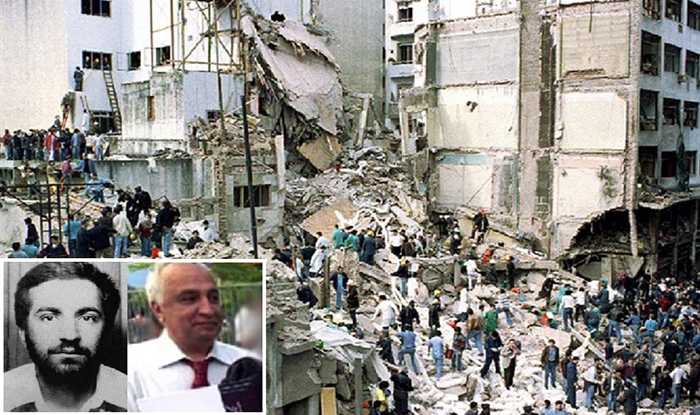
Another MEK member, Massoud Keshmiri, responsible for the bombing which killed PM Bahonar and President Rajai in 1981, was last seen with MEK in Germany some years ago. He has since vanished and could be dead. Although these deaths cannot be said to be directly linked, there is a common thread whose purpose becomes clear when we remember 2016 when Prince Turki al-Faisal, former Saudi Intelligence chief, announced the death of MEK leader Massoud Rajavi. It is clear from this that MEK is being purged from top to bottom of all the individuals who have had involvement or are associated with its violent past – rebranding by assassination to make the group legally acceptable.
MEK has become the pattern for how other defeated terrorist groupings can be reinvigorated, rebranded and reused. The controversy following the Bulgarian PM’s announcement that “Albania will become a coordination center for fighters returning from ISIS to the Balkans” may die down soon – Prime Minister Rama later dismissed this as fantasy, but he is not convincing.
Instead, the history of the MEK in Albania indicates that the same scenario will be repeated. As ISIS fighters arrive and settle, the process will start just as it did with MEK. Expect more mysterious murders, suicides, disappearances, bizarre interventions to prevent investigations. And, of course, the involvement of Albanian citizens, politicians, and personalities for and against. Plus, not only abandoning any hope of joining the EU, but suffering more restrictions on the borders with the EU and Balkan countries.
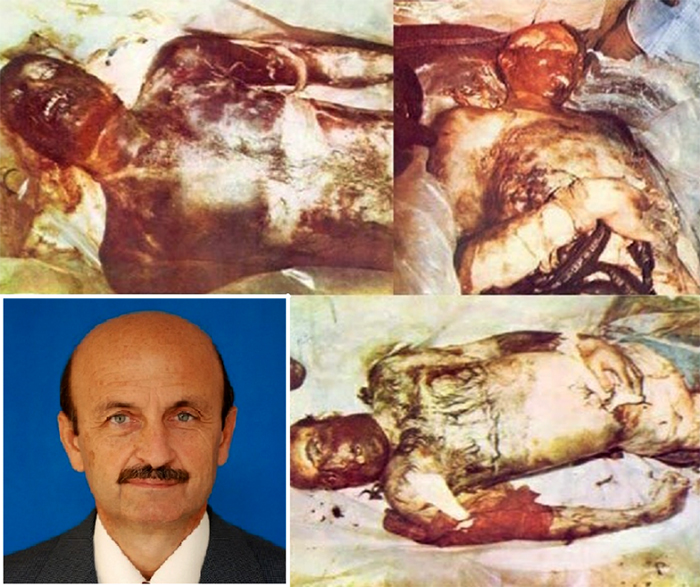
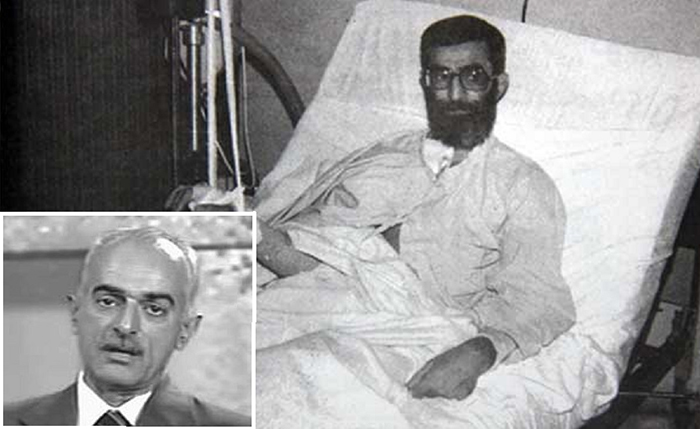
Massoud and Anne Khodabandeh, Balkans Post,
Massoud Khodabandeh is the Director of Middle East Strategy Consultants and has worked long-term with the authorities in Iraq to bring about a peaceful solution to the impasse at Camp Liberty and help rescue other victims of the Mojahedin-e Khalq cult. Khodabandeh co-authored the book ‘The Life of Camp Ashraf – Victims of Many Masters’ with his wife Anne Singleton.
(END)

